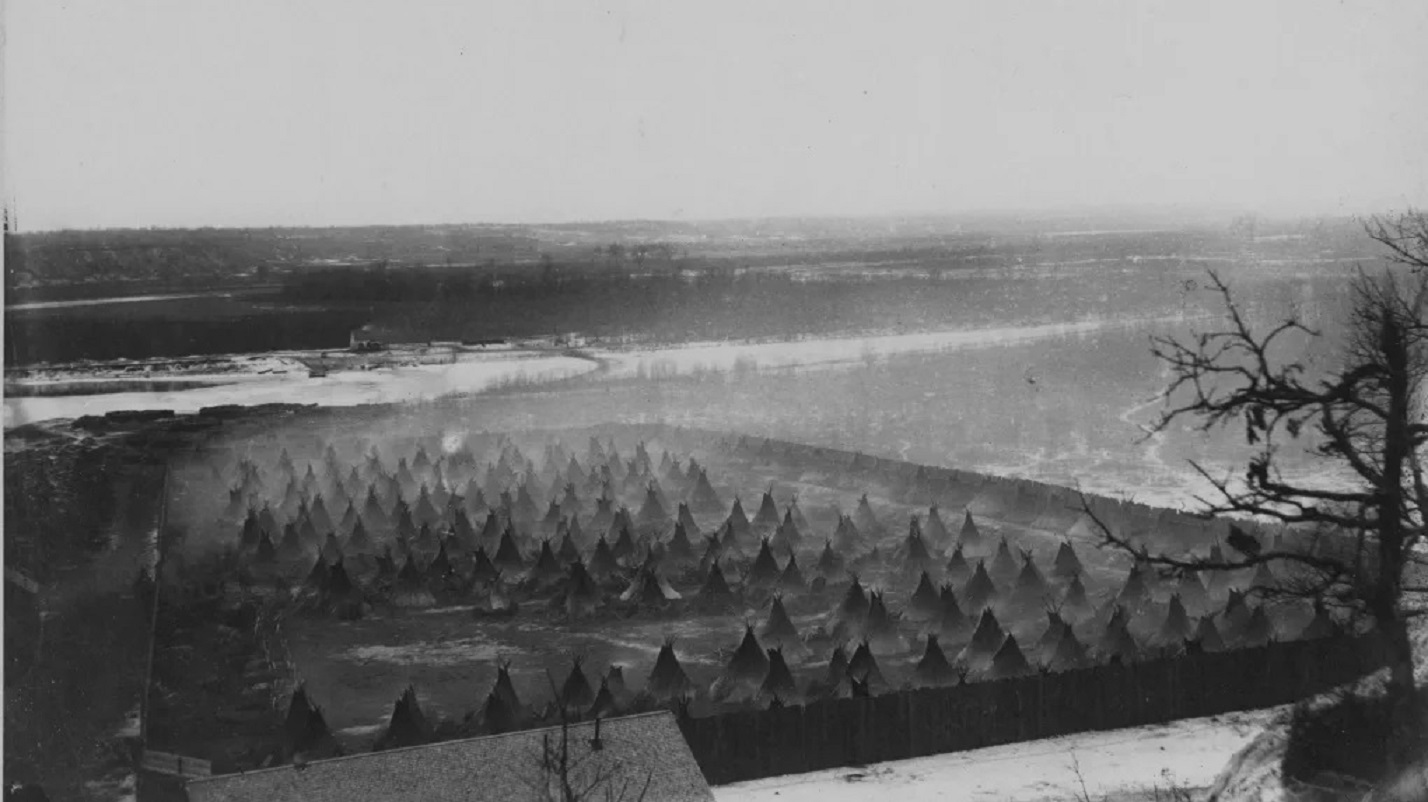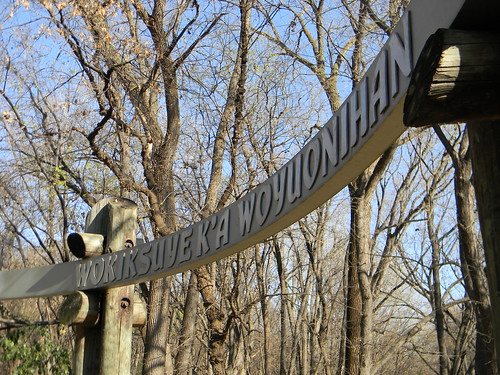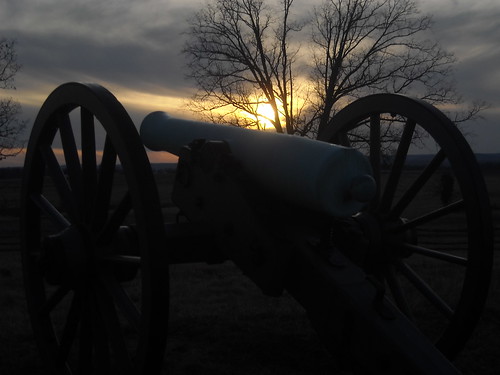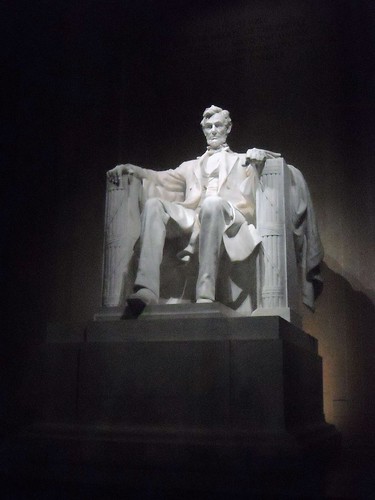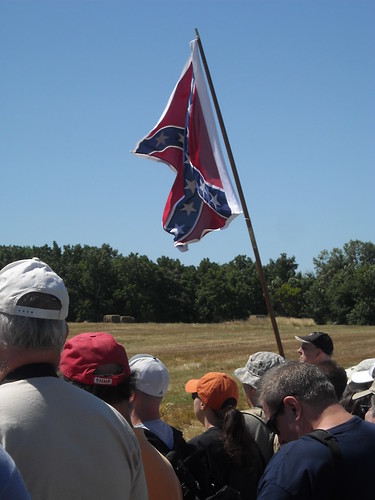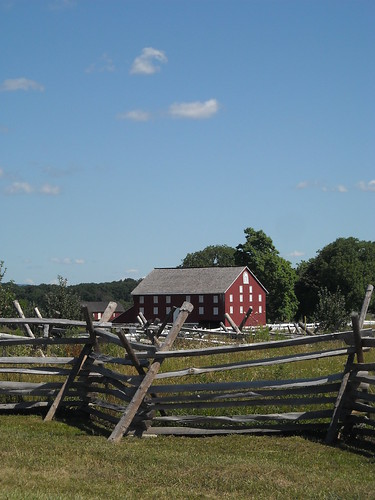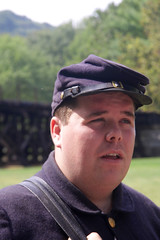| Spielberg's whole speech, unvarnished and ready for your viewing pleasure. You'll have to buy a ticket to see the movie... Sorry. |
Spielberg was speaking about the history writ with lightning I had seen the night before. It still amazes me that it has taken us a century's worth of time and this brilliant director (as opposed to his countless forebears) to steal that phrase back from the racists. And he was noting the gaps in history. "But even with history that’s as scrutinized as that of the American Civil War," the director noted, "some aspects, certain details, are gone forever."
Spielberg is exactly right. History, by its very definition, is a fragmentary tapestry missing quilt squares left and right."History forces us to acknowledge the limits of memory," Spielberg continued, "It tells us that memory is imperfect, that no matter how much of the past we’ve recovered, much of what once was or has been, now is lost to us."
Then he started down the road that got my dander up. "I believe it’s the betrayal of the job of a historian to promise perfect and complete recall of the past and to promise memory that abolishes loss." So far, so good. But then the turn.
 |
| That woman had the right idea: watch the speech as someone undoubtedly did 149 years ago... with the aid of a treetop perch. |
My heart reeled at the blow. Mr. E.T., Mr. Jurassic Park, Mr. Hook was telling me I couldn't do what I intend to do every day. What I already do whenever I step out in front of an audience of visitors.
"History must avoid," Spielberg said, using imagination.
"History must avoid," Spielberg said, trying to recover the lost and fill in the gaps.
"History must avoid," Spielberg said, endeavouring to resurrect the dead.
Interpretation is all about doing these things. We offer up the broken pieces of a fractured and piecemeal past and let visitors begin filling in the gaps, sousing out their own hidden meanings and meeting the dead once again. When you ask a visitor what they might have done faced by the stress and fear of the moment, when you ask them to place themselves in the minds, hearts and shoes of a soldier staring into the gaping maw of the enemy or a mother leafing through a newspaper and finding the name of her son in the list of dead, you're filling in the gaps of history we can't fill with evidence alone.
Evidence only takes us so far in understanding the past. If we stop at evidence, and ignore the human heart, we'll never draw anything meaningful from history beside rote cause-and-effect relationships. These are lessons, yes, but shallow ones that don't resonate with the human soul, but which only resonate with the human mind's fixation on policy decisions.
Spielberg's movie does just that perfectly. He's right. Art is an amazing medium through which to discover those moments. Tears poured down my face during those first 15 minutes of the film as the central meaning of the Gettysburg Address flickered on the screen and emerged from the mouth of a black man fighting for freedom. I cried as a pair of white soldiers lost their words when they spoke to the President, starstruck and babbling. I stepped into both their sets of shoes and felt their past.
It wasn't a contrived past; it was real. Those feelings had real historical implications. The butterflies-in-the-stomach feeling found while meeting Lincoln or discovered when imagining real freedom wasn't fake. It was a simple interpretive time machine, asking the audience to try to live in that past for a moment.
And I cried. For the bulk of the film I was sniffling, snorting or bawling. When Stevens presents his gift? Tears. When the roll call vote drags on and everyone expectantly hangs on the news? Saline drops all over my face. When Elizabeth Keckley casually tells Tad she was beaten with a coal shovel when she was younger than him, as if it's normal and not a travesty? It destroyed me.
But art isn't the only medium through which we fill in the gaps in the past.
All those things were real, Steven. They were real history. Not factual memories, but emotional ones of a past long lost and forgotten. History can be (and when undertaken to its fullest potential is always) a form of art. Don't take that away from those of us doing our jobs right. When you strip history of art and imagination, you get exactly what everyone hated in High School: names and dates to memorize and recite.
You're wrong, Steven. Your movie is history, not just art. Those gaps you fill are filled with real history. It might not be what actually happened in those moments exactly, but the only past that matters is the usable past that each of us carries with us anyways. We all simply fill in the gaps we have to.
Next time you're in the area, I'd be happy to prove it to you out on any of these local battlefields we have, gratis. History is exactly what you did, and we historians (some of us at least) do it daily. Let me show you.
Between now and then I'll probably just watch your movie a half-dozen more times.
And cry.









